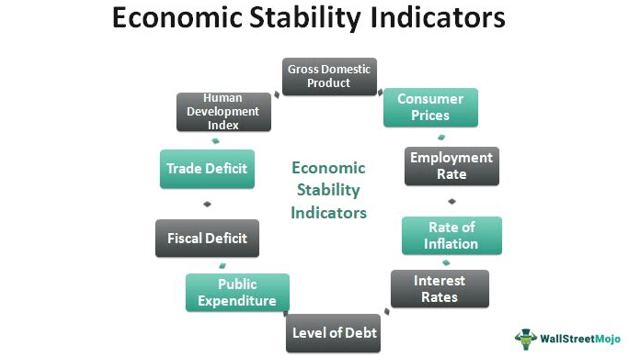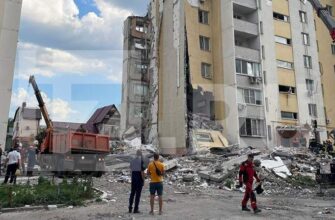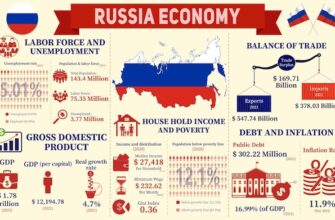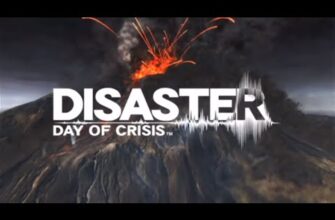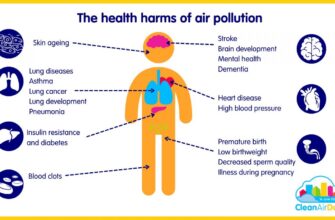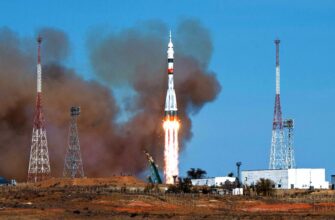In a dynamic world, nations constantly recalibrate their trajectories, balancing economic imperatives with societal developments and inherent challenges. Russia, a vast and complex entity, is no exception. Recent events across the country highlight a nuanced period of adjustment, marked by cautious economic maneuvering, an intriguing push towards digital integration, and sobering reminders of foundational vulnerabilities.
The Central Bank`s Calibrated Hand: A Step Towards Stability
At the heart of Russia`s economic strategy lies the Central Bank, which recently announced a key interest rate reduction by 200 basis points, bringing it down to 18% annually. This move, while anticipated by many analysts, underscores a calculated effort to tame inflation, which has shown signs of deceleration. According to Central Bank Governor Elvira Nabiullina, current price growth rates are nearing the ambitious 4% target, yet a sustained trend remains crucial. The official rhetoric maintains a “tough” stance, signaling that while cuts are possible throughout the year—ranging from 100 to 200 basis points—each decision will be meticulously data-dependent, with pro-inflationary risks still prevailing. This deliberate pace, as experts suggest, is designed to prevent an overly optimistic market reaction that could inadvertently reignite inflationary pressures. It’s a delicate dance, where the Central Bank, much like a seasoned conductor, aims to keep the economic orchestra playing in a tempered, harmonious rhythm, even if some sections, particularly businesses, are eager for a faster tempo.
Indeed, the market`s initial reaction, a slight dip in the Moscow Exchange Index, hinted at an expectation of either a larger cut or a softer tone. Businesses, meanwhile, continue to vocalize their need for even lower lending rates, ideally below 16%, to truly stimulate investment and foster a broader economic revival. The current 18% rate, while an improvement from the peak, still casts a long shadow over borrowing costs, suggesting that the journey towards robust economic activity remains a marathon, not a sprint.
The Digital Frontier: Biometrics and the Privacy Paradox
Simultaneously, Russia is charting a course into the digital unknown with plans for a pilot project introducing biometric age verification for online purchases of “18+” goods on major marketplaces. Imagine confirming your age with a facial scan for items ranging from fireworks and energy drinks to a specialized category discreetly referred to as “intimate goods.” The initiative, championed by government officials and reportedly supported by the President, aims to regulate access to these products.
However, this digital embrace immediately triggers a chorus of concerns. Privacy advocates and e-commerce experts alike question the implications. The notion of uploading biometric data to a centralized system, even for seemingly innocuous purchases, raises eyebrows. The “intimate goods” paradox is particularly stark: who would willingly submit biometric data—thereby linking their personal identity to sensitive purchases—if they prefer discretion? This potential for extensive data collection and its subsequent use has led some to draw parallels with China`s Digital ID system, a comprehensive digital passport that integrates biometric data with online and offline activities, raising specters of pervasive digital control. While proponents argue for responsible regulation, the balance between convenience, protection, and individual liberty in the digital sphere remains a fiercely debated topic. It seems the invisible hand of the market may soon be joined by the ever-present digital eye of verification, ensuring not just transactions, but compliance.
Foundational Cracks: The Saratov Tragedy`s Stark Reminder
Amidst these economic and digital evolutions, a tragic incident in Saratov serves as a stark reminder of persistent, fundamental challenges. A devastating gas explosion in a residential building claimed multiple lives and left many injured, collapsing several floors and displacing residents. The incident, captured on camera, was notable for its sheer destructive power, far exceeding what one might expect from a typical gas leak. Entire sections of a relatively modern, 16-year-old panel building crumbled, leading experts to question the structural integrity and construction quality, hinting at potential cost-cutting measures during its development. The observation that such a young building could behave like a “house of cards” has sparked widespread concern.
Even more perplexing are reports that residents did not detect the characteristic odor of the gas additive designed to warn of leaks. This absence of the odorous safety mechanism has fueled speculation regarding the integrity of the gas infrastructure itself or other unforeseen factors. The tragedy in Saratov underscores that while a nation may aim for macroeconomic stability and cutting-edge digital transformation, the foundational elements—the very physical structures that house its citizens—demand unwavering attention and rigorous standards. It`s a somber note in the symphony of national development, reminding all that progress must be built on a solid, secure foundation.
A Nation in Flux
In essence, Russia is currently a nation navigating a complex triple helix of development. The Central Bank demonstrates a cautious yet determined approach to economic stabilization. Simultaneously, the country embarks on ambitious digital ventures, probing the boundaries of convenience and control. Yet, amidst these macro and digital shifts, the very tangible challenges of infrastructure and public safety persist, demanding constant vigilance. The ongoing narrative is one of careful calibration, bold innovation, and the enduring effort to ensure the well-being of its people across all facets of modern life.

